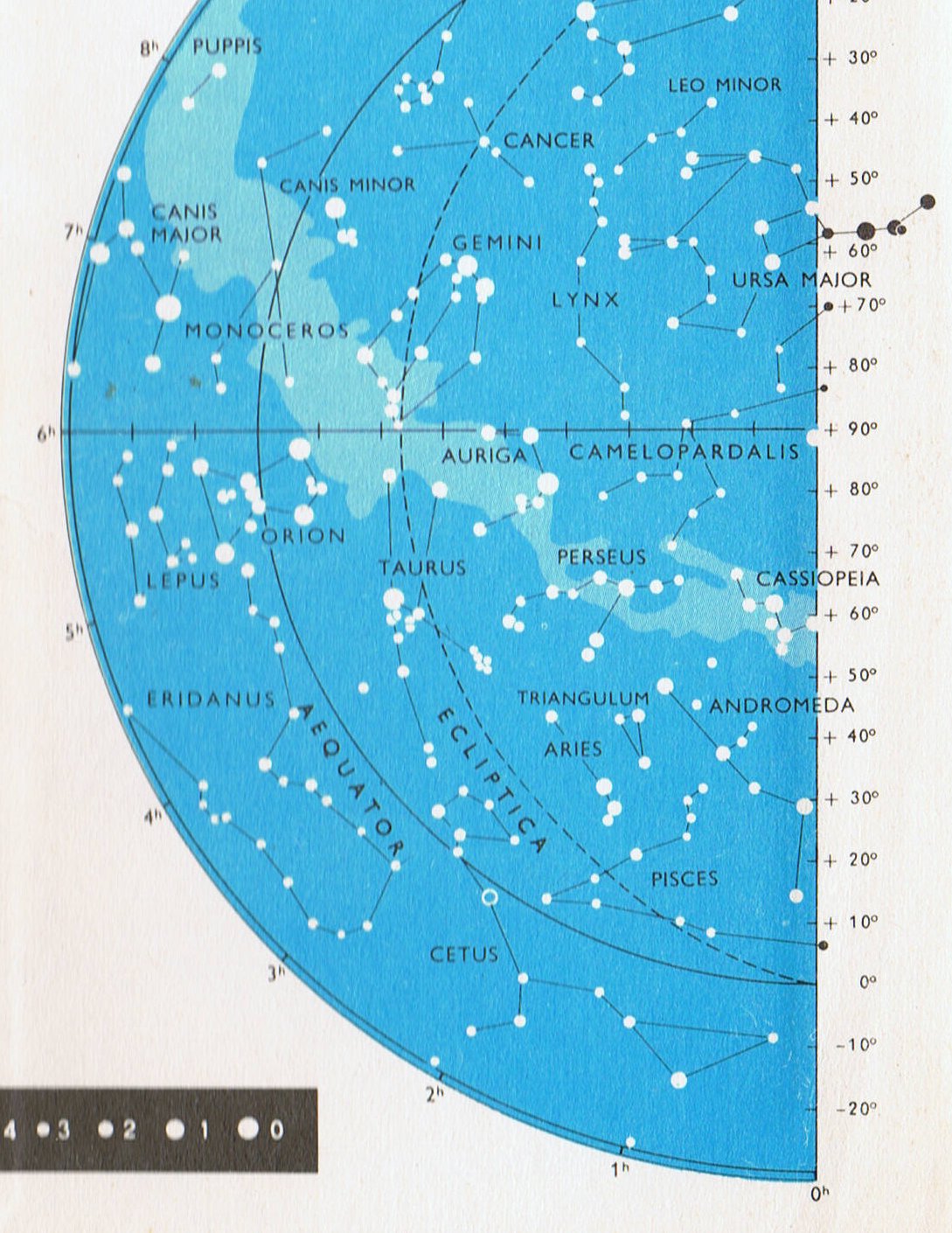Next we should consider the emphasis on Antares (north of the equator) as a fixed final station. Although the Hindu calendar has 28 moon stations we can perceive the end of a cycle defined by the Scorpion:
The 'elephant goad' surely must represent the sting and curve of the Scorpions tail: ... An ankusha, a sharpened goad with a pointed hook, was the main tool for managing an elephant. The ankusha first appeared in India in the 6th-5th century BC and has been used ever since, not only there, but wherever elephants served man.  We can compare with the G text:
The pattern with Rei glyphs both as number 201 and 205 seems to be comparable to the pattern of the Gregorian date numbers for July 20 and July 24:
But the Mula 'thicket' is at the end of the Scorpion and not late in July. However, the end of the Heka manzil in a way resembles 'emerging out from a thicket'. The solstice is in the past when Alhena is beginning. 203 (July 22) + 60 = 263 and compared to the position of Antares the difference will then be 329 - 263 = 66 (= the manzil day number for Heka 13). I have here kept the position of Antares fixed (like the hinge between the pair of halves in a bivalve) and then adopted 60 days (= the distance from March 25 to the heliacal rising of Aldebaran in rongorongo times) as an adjustment needed for the Gregorian calendar (because precession has opened the bivalve ca 60º since the time Aldebaran was at equinox). The Tahitian star pillars are all - excepting Polaris - distributed in the half of the 'bivalve' between Antares (Ana-mua) and Aldebaran (Ana-muri). With Antares defining one end point (the 'hinge of the bivalve') it necessary follows that Aldebaran will also be fixed, because the distance from the one to the other is so easy to remember:
The rest of the year would be slightly less than 182 days. 184 + 182 = 366 (= 6 * 61). The tail and sting of the Scorpion are embedded in the Milky Way and possibly the 'thicket' could refer to how thick the Milky Way is at this place:
At the other end of the sky the Milky Way goes between Orion and Gemini, another such 'thicket' to be crossed. And the feet of the Twins are inside:
| ||||||||||||||||||||||||||||||||||||||||||||||||||||||||||||||||||||||||||||||||||||||||||||||||||||||||||||












